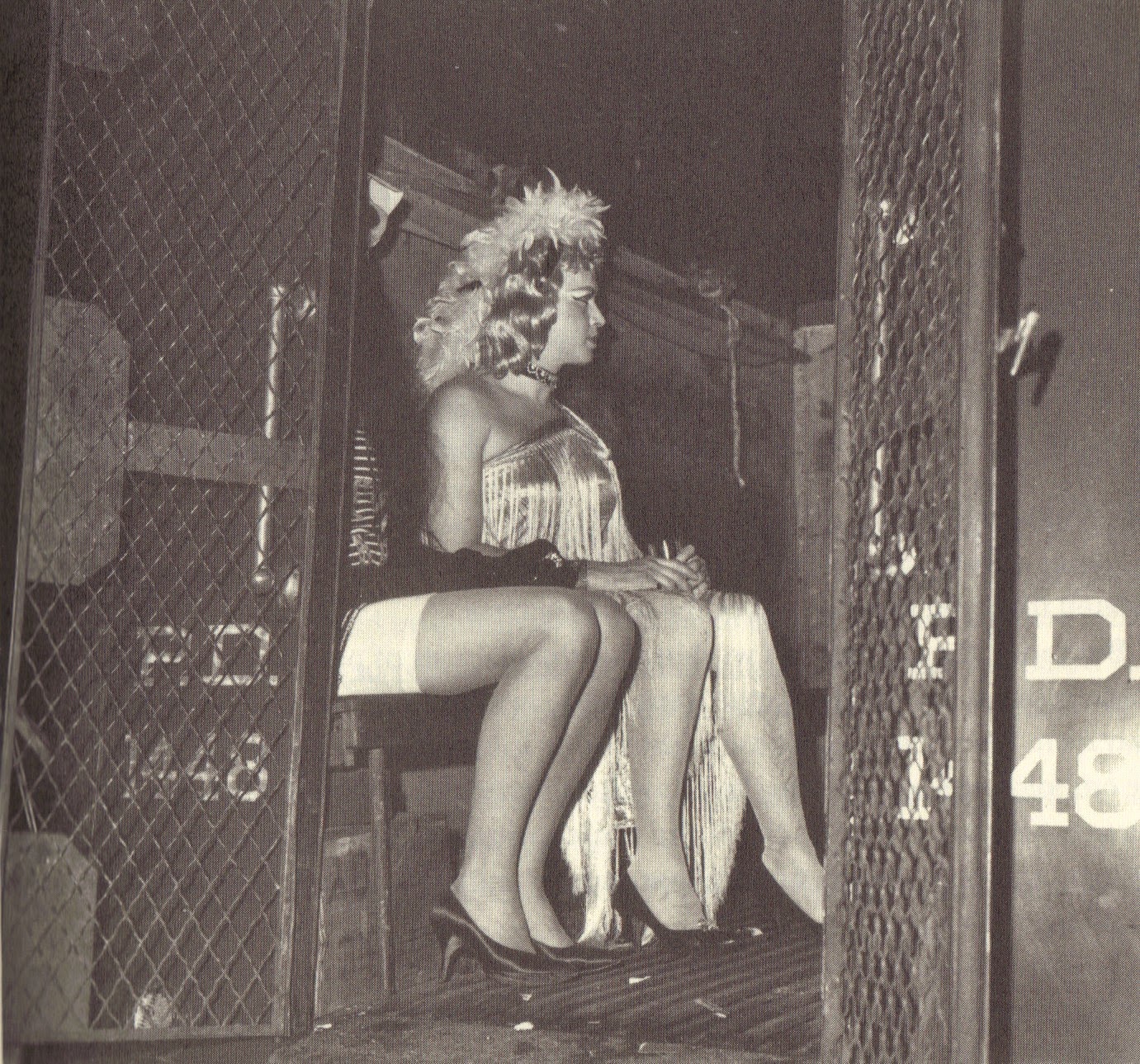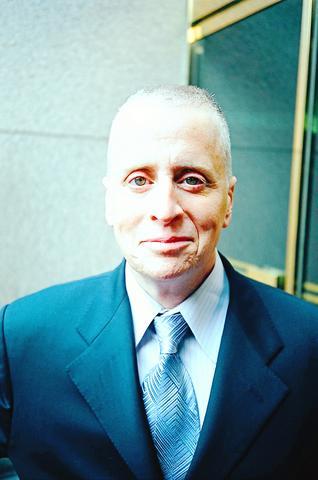


One of the first novels to seriously explore the gender identity of its protagonist, and written by the author of Trans Liberation and Transgender Warriors, Feinberg’s book follows “stone butch” Jess Goldberg through small-town America, bars and factories, dealing with sexual violence, discrimination from the police and the medical establishment, before eventually deciding to stay safe and live as a man. Stone Butch Blues by Leslie Feinberg (1993) It seldom addresses any challenges of cross-gender living, instead being a radical, witty experiment with literary form, praised by Roland Barthes in The Pleasure of the Text, but it is immersed in mid-20 th century drag and transgender subculture.Ģ.

One exception is this novel by Cuban author Severo Sarduy, which put a transvestite who aims for physical transformation at its core. Where trans people have appeared in literary fiction, as minor characters, they have often served as a cipher for an author’s opinions about gender or to make scenarios more exotic.

I’ve tried to do this with Trans: A Memoir, and these are some of the books that have inspired me. But most of these works drew on personal experiences, and in a time when autobiographical writing is in fashion, with many writers explicitly using their own lives in novels, such works can serve a useful purpose in bringing trans politics, history and culture to a wider audience in an accessible way. They aimed to organise a community and stimulate discussion within it, and the memoir – seen as written for the benefit of outsiders – became less popular. Opening some fascinating possibilities, it suggested that trans writers consider themselves “as a genre – a set of embodied texts whose potential for productive disruption … has yet to be explored”.Ī range of theoretical texts followed, which sought to give a language to trans and genderqueer identities, self-defined rather than imposed. Artist/activist Sandy Stone brought these concerns into The Empire Strikes Back: A Post-Transsexual Manifesto, which circulated in early online communities. They also spoke out both against gender identity clinics which told service users to keep their histories secret and transphobia within second-wave feminism. By the late 1980s, authors were questioning the conventions of these memoirs, in particular how they represented the space between “male” and “female”– or failed to.


 0 kommentar(er)
0 kommentar(er)
